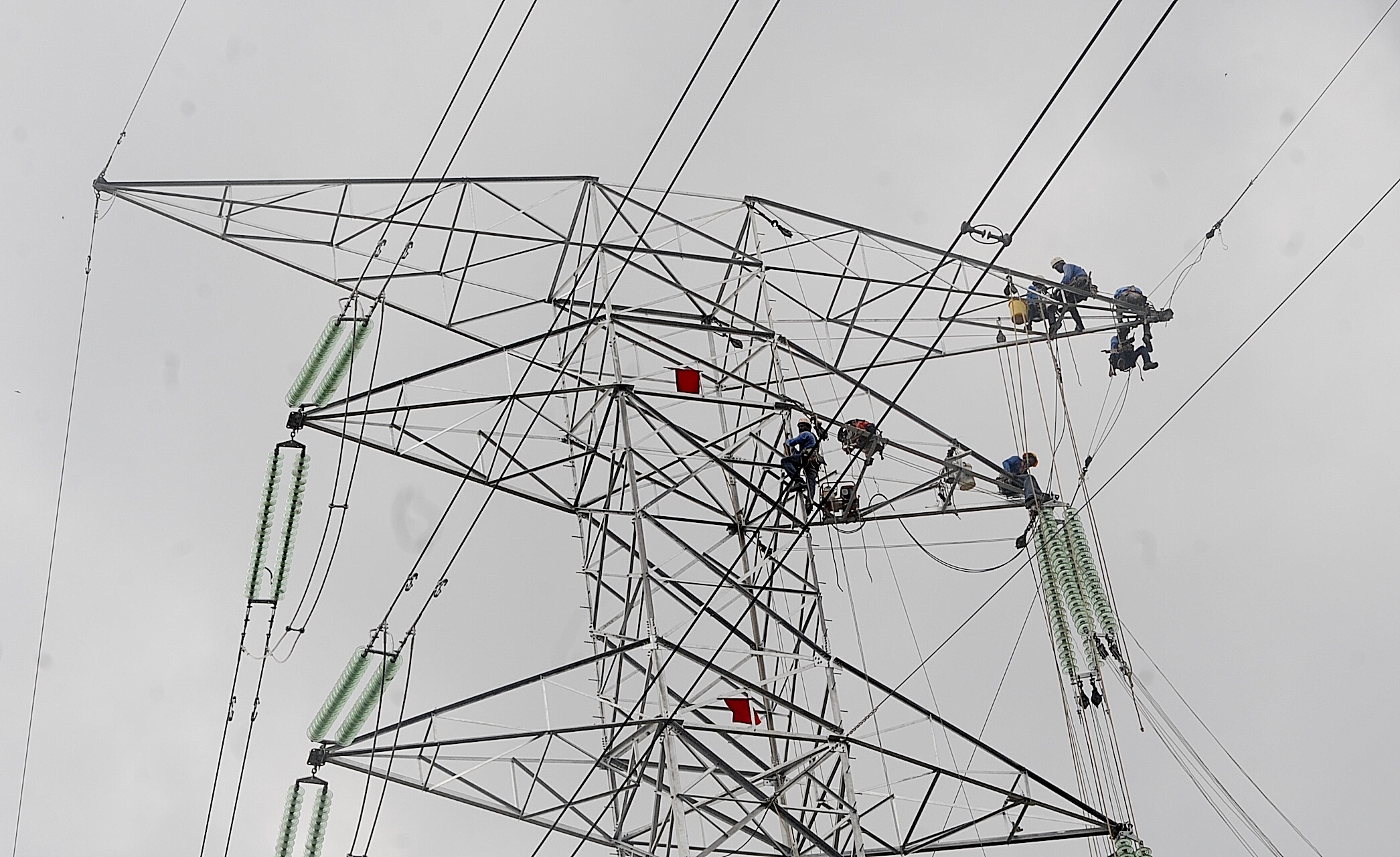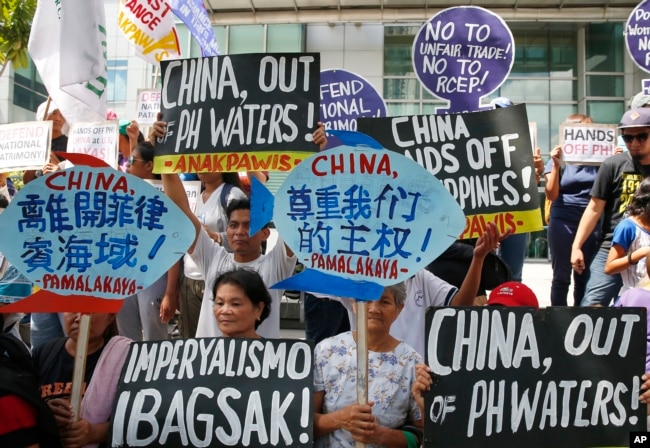With the ICPT mechanism, govt can manage fuel price fluctuations should situations where fuel prices go sky-high or rock bottom occur
Over the past three months, some Malaysians may have been cautiously smiling on the quiet when crude oil prices surged past the US$80 (RM336) a barrel mark. Their elation could have stemmed from their belief that higher oil prices could also mean better revenue from petro-dollars.
Therefore, more money for the government’s coffers to spur greater development in the country from 2020 and beyond.
From another standpoint, higher fuel prices also translate into higher costs for power producers, who rely mostly on fossil fuel to generate electricity, primarily coal and gas, in the case of Malaysia. And having a reliable and sustainable power supply is also part and parcel of development.
But thanks to the geopolitical manoeuvring, crude oil has temporarily fallen off the cliff to below US$70, thus providing some brief respite to power producers. That has also put liquefied natural gas prices on a bearish tone amid ample supplies and poor demand, where prices have dipped to US$9.925/mmBtu (one million British thermal units) from US$12 in October. That’s only one part of the equation.
Coal prices, on the other hand, have risen to past US$100 a tonne, especially the higher quality types with lower pollution compared to US$50 a tonne two years ago. As the demand for coal as a fuel source remains undiminished, there is no telling that the price may dip, especially with an increasing number of power producers opting for more environmentally friendly coal.
The prognosis is that demand for coal in Asia, particularly China and Japan, will remain steady. That could make coal prices stay on the high side.
Taking all these factors into consideration, power producers can rest easy in the immediate term.
But, as soon as oil producers get their act together and agree on their proposed production cuts to shore up prices after the first week of December, any upward price movement could mean higher costs again. And this is exactly where Tenaga Nasional Bhd (TNB), the country’s major power producer, is walking on a tight rope to manage costs.
Thanks to the government’s foresight in anticipating situations where fuel prices may go sky-high or even rock bottom, it had implemented the imbalance cost pass-through (ICPT) mechanism, an adaptive measure to manage fuel price fluctuations.
This mechanism, which was introduced in 2014, allows energy providers to adjust tariffs based on the changing prices of fuel required for electricity generation. Such measures provide a framework that helps the electricity supply industry remain flexible against any price volatility.
Resulting from these adaptive measures, Malaysia has been able to cushion the price impact and provide reliable energy supply. This has seen the country having a more sustainable electricity sector for greater development to benefit both commercial and residential consumers.
Its working mechanism calls for ICPT to be assessed and adjusted every six months on Jan 1 and July 1 of each year to ensure that electricity prices can adapt to changing fuel prices. It is an essential tool for TNB to ensure continued economic sustainability for the power.
It must be emphasised that the ICPT is not a ploy to boost the revenue of TNB, but it is primarily for the energy provider to adjust tariffs based on the changing prices of fuel required for electricity generation.
So far, these ICPT price adjustments have seen total rebates amounting to RM6.3 billion being enjoyed by power consumers in the last four years.
On July 1, 2018, there was an increase of 1.35 sen/kWh for business users but not residential consumers. The current ICPT adjustment, which will last until Dec 31, has not impacted residential consumers, who number about 80% of TNB’s nine million consumers.
Come January, there will be another price adjustment to reflect the current scenario in the energy and power supply industries. If we were to assess what has been happening to consumers in the neighbouring countries, we see that Singapore and the Philippines have raised electricity prices, while Vietnam and Indonesia are still grappling with challenges in the absence of price increases.
In the case of Malaysia, the anticipatory or impending picture has been factored in because of the six-month interval of the ICPT mechanism. It has put in place a scheduled and flexible way to adjust prices to contribute to a conducive, efficient and competitive environment to help in the continued development of the country. That implies no sudden increases in electricity rates to shock the business and non-business community.
Malaysian power producers mostly depend on gas and coal for 90% of their power generation needs. Adapting to price changes for these fuels is exactly what the ICPT is designed for.
In the last few months, we have seen the price of coal going up to a six-year high and by more than 32% year-on-year. Natural gas prices have also been trending up as mirrored by crude oil prices compared to last year or the year before.
In Malaysia, we have seen that the changing natural gas prices have been influenced by a steady shift towards market prices from a previously subsidised fuel cost. The liberalisation of the gas supply market is set to support a more competitive price scenario by 2019. Under such a scenario, any short-term cost rises will be balanced by offsetting with a more sustainable and competitive market.
In a landscape that is constantly shifting, certain trends are indicative of where prices are heading. It is inevitable that the rapidly growing economies in Asia will continue to drive demand for coal and natural gas against a backdrop of steady prices, if the recent international price trend is anything to go by.
In that energy supply canvas or picture, the ability to be flexible is crucial. To meet Malaysia’s growing energy needs, a fair pricing framework is therefore needed to reflect the changing costs for electricity.
This also requires consumers to pay for their part for a sustainable and reliable electricity supply industry. We have to anticipate that likely scenario emerging not too long from now.














